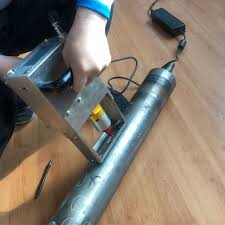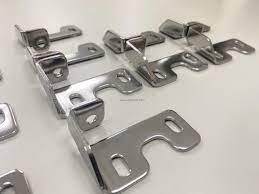In the realm of construction, engineering, and various scientific fields, the precision of measurements is paramount. Measuring tools are the backbone of accurate quantification, aiding in tasks that demand precision and reliability. Let’s delve deeper into their significance, functionality, and relevance in various industries.

What are the fundamental types of measuring tools?
Measuring tools span a wide spectrum, but they can be broadly categorized into several types:
- Linear Measuring Tools: Rulers, tape measures, calipers, and micrometers for length, width, and height measurements.
- Angular Measuring Tools: Protractors, bevel protractors, and angle finders for determining angles and slopes.
- Specialized Tools: Instruments like laser distance measurers, 3D scanners, and geocell-based devices for highly accurate and specialized measurements.
How do measuring tools enhance efficiency and accuracy in various applications?
Measuring tools serve multifaceted purposes across industries:
- Construction: In construction, accurate measurements are crucial for ensuring precise fittings, alignments, and adherence to blueprints. Tools like laser distance measurers aid in assessing distances quickly and accurately.
- Engineering: Engineers rely on measuring tools to ensure components fit together precisely, maintaining quality and structural integrity.
- Scientific Research: Instruments like micrometers and spectrometers facilitate accurate scientific measurements, crucial in research and development.

What role does the geocell play in measurement technology?
Geocells, an innovative addition to measurement technology, are a grid-like structure made of high-density polyethylene (HDPE). These three-dimensional structures are employed in geotechnical engineering for soil stabilization and erosion control. Regarding measurement, geocells assist in land surveying, allowing for precise analysis and monitoring of land deformation, particularly in infrastructure development and environmental conservation projects.
How can one ensure the accuracy of measuring tools?
Maintaining accuracy requires periodic calibration and proper handling of measuring instruments. Regular calibration checks against known standards help validate their accuracy. Furthermore, storing tools in appropriate conditions and handling them with care prevents damage or wear that could compromise their precision.
Measuring tools are indispensable assets across diverse industries, ensuring that precision remains at the forefront of every project or analysis. The incorporation of specialized tools like geocells continues to revolutionize measurement technology, offering innovative solutions for precise and efficient measurements in fields that require meticulous attention to detail.
